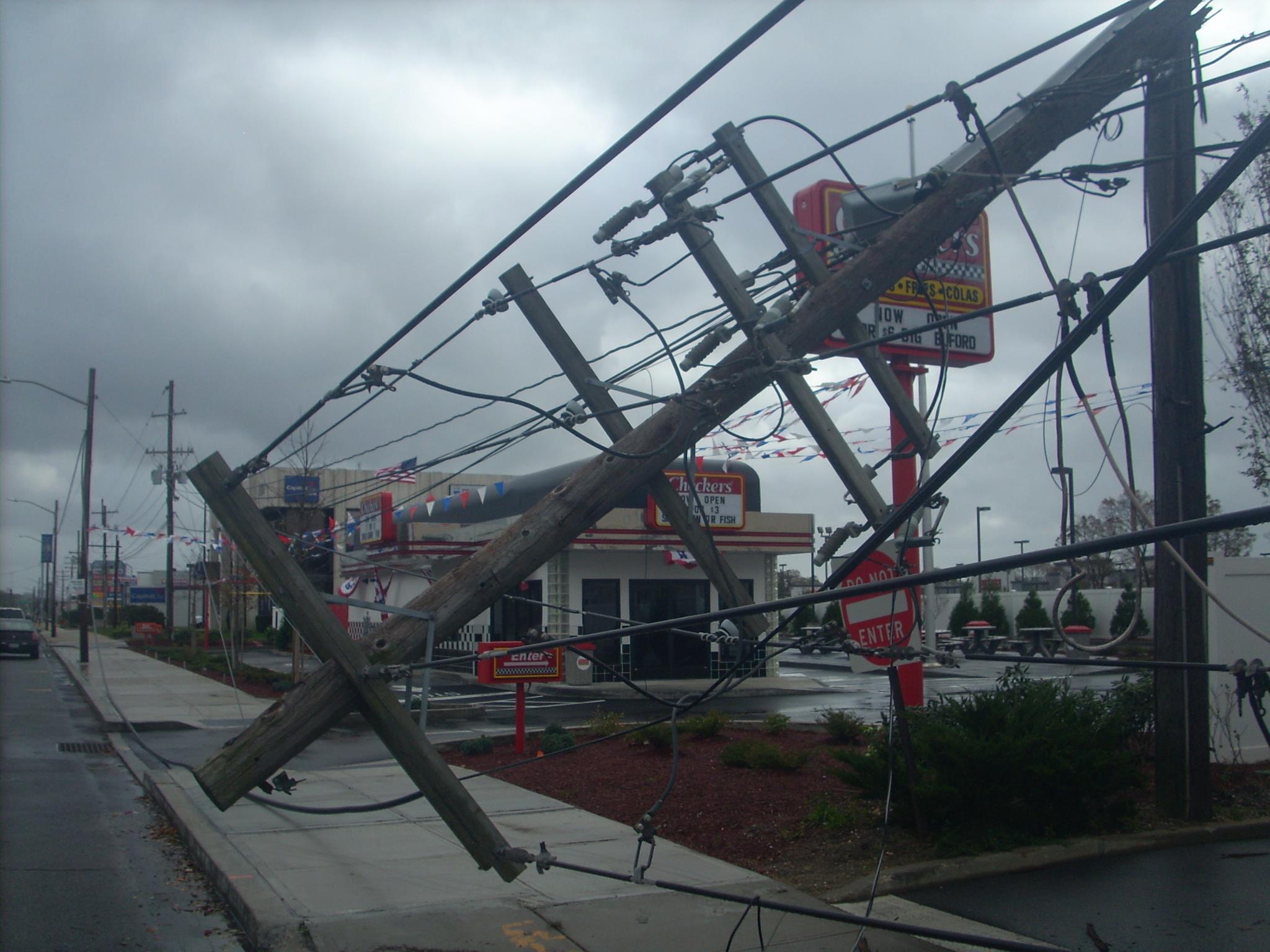
Furthermore, according to the EPA and the New York State Department of Environmental Conservation (DEC), these sprayings “do not require relocating or taking special precautions.”
However, the same agencies subsequently recommend that “individuals, especially pregnant women and children, should remain inside during the spraying and for about 30 minutes afterward.” They also advise that children’s toys and pets’ water bowls be brought inside, and small ponds and vegetable gardens be covered. And, according to Bayer, Scourge is “harmful if absorbed through skin” and “harmful if swallowed.”
So, maybe you should be scared?
No one, it seems, is really sure.
Mixed Messages
At 7 p.m. on selected summer evenings, a fleet of white pickup trucks will leave the Suffolk County Department of Public Works facility in Yaphank. They will drive down previously determined residential areas and spray a fine mist of insecticide as they go. You might have heard about this ground spraying in the newspaper or on the radio, but you probably didn’t. You may have tried to get more information through the county hotlines, but you probably couldn’t get through. If you asked who made the decision to spray, you probably didn’t get many answers.
“When I called Nassau County, they said it was ordered by the state due to a ‘public health emergency,’” says Lisa Levine-Bernstein of Great Neck. “A call to the state got a response that it’s a county decision. I wondered why no official was willing to say, ‘I made a great public health decision.’”
Others weren’t so concerned about who made the decision but why they weren’t better informed.
“I found out driving on the parkway about the spraying,” says Judy Metcalf of Great Neck. “It was posted on one of those digital signs. Otherwise, I wouldn’t have known; my kids would have been playing on the lawn the next morning.”
While there have been only a handful of human cases of West Nile on Long Island this season, the mosquito population tells another story. Both Nassau and Suffolk county health departments have mosquito traps set up throughout the Island. Mosquitoes from these traps are then sent to the New York State Department of Health laboratory for analysis. The results are then sent back to the county.
“If there are positives [for West Nile virus] or high numbers of mosquitoes within those traps, we have the Department of Public Works survey the area where the trap is,” says Mary Ellen Laurain of the Nassau County Department of Health. “We do a complete analysis to see if there may be any breeding grounds.”
When breeding grounds are found in a diseased area, the county says it is their decision to spray.
Laurain says so far there have been 71 positive West Nile mosquitoes found in their 42 traps throughout Nassau—the highest number reported in any year since West Nile surveillance began in 1999. Last year Nassau had 18 positives for the entire season.
“We didn’t do any spraying last year,” says Laurain. “We do not spray for nuisance mosquitoes; we spray based on the presence of disease.”
In Suffolk County, the mosquito populations are so large that vector spraying—spraying to control the mosquito population because it is large, not because of disease—is done in some areas even when there are no positive mosquitoes found.
“Those large populations are usually on the South Shore by Fire Island,” says Grace Kelly-McGovern of Suffolk County Department of Health Services. “Those are very aggressive mosquitoes.”
McGovern says the spraying is often requested on Fire Island by residents.







